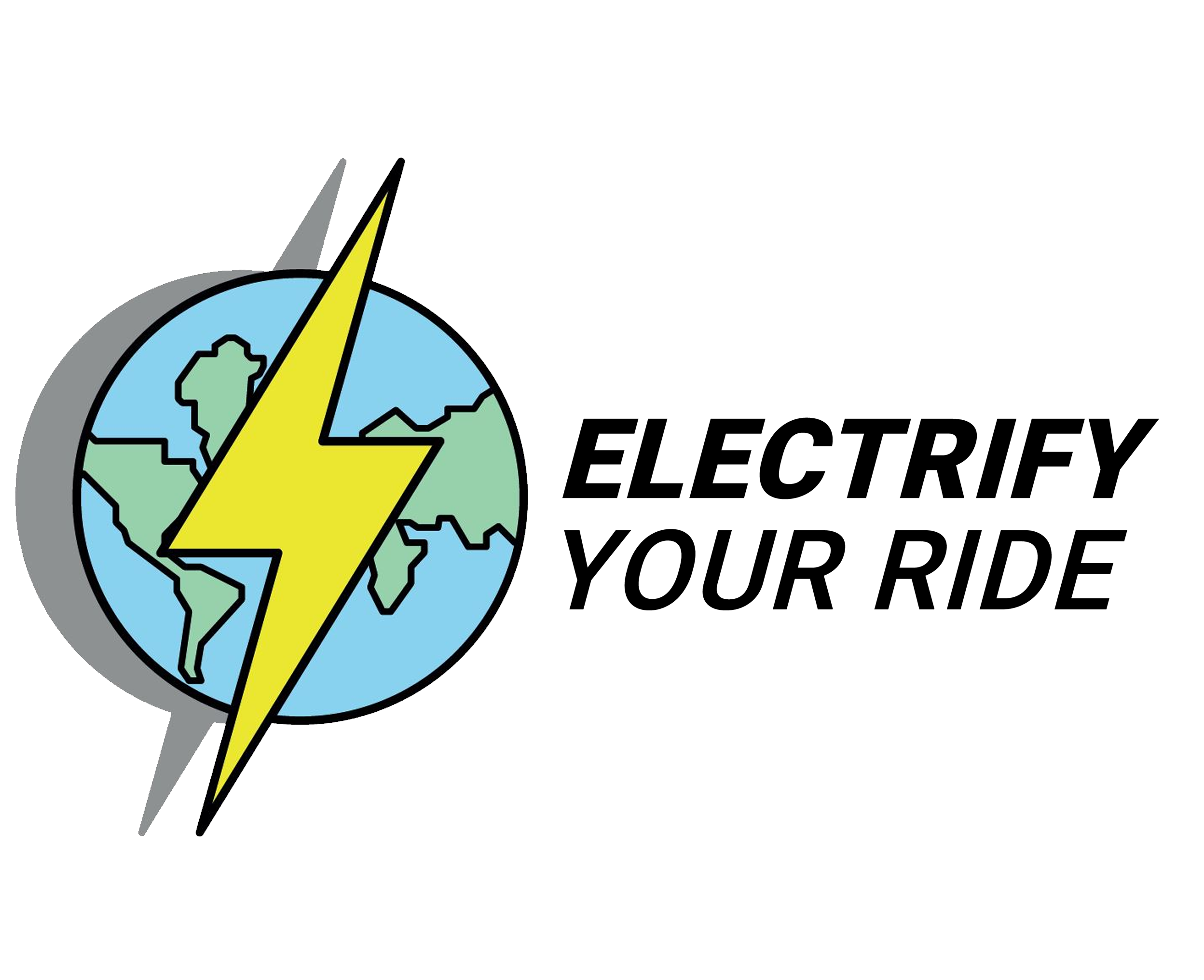As with your personal health it is important to know how “alive and kicking” a used traction battery is in case you want to implement one in your project.
There is no question that the used traction battery is a central and also the most expensive component in a conversion project. Therefore, it is important to know its condition.
The so-called “State of Health” (SoH) provides information about this.
The SoH is a percentage figure that reflects the actual capacity compared to the nominal capacity. It therefore provides information about the degradation of the battery. For example, a SoH of 90% means that a battery with a nominal capacity of 30 kWh still has an actual capacity of 27 kWh.
Finding out the SoH of a used traction battery often proves to be difficult.
On platforms like eBay, used traction batteries are in most cases offered as separate packs that were removed from their donor cars. In such a case there usually is no information about the SoH.
However, what definitely should be available is the year of registration and the mileage of the vehicle from which the traction battery was taken. Information about the driving profile and charging practice would also be helpful. From this we can at least draw conclusions about the degradation, which is accelerated, for example, by frequent fast charging.
The situation is better if you rely on a donor vehicle for your project instead of individual components. In this case, there is a good chance that you will receive information not only about the State-of-Charge (SoC) via the vehicle’s information systems and the display, but also about the SoH.
If you want to be on the safe side before purchasing a used and/or damaged electric vehicle as a donor car, you can get, for example in Germany, an explicit battery check carried out by an independent testing organization. However, only for batteries that are still installed in a vehicle.
So, in general one can say it’s important to learn as much as possible before making a decision on a traction battery. But ultimately there is always some risk involved. In the truest sense of the word, we are buying “black boxes”. They only release the quality of their contents once we have bought and opened them.
But don’t worry. Fortunately, there are many offers of “young” traction batteries with acceptable mileage. And overall, in our opinion, used batteries are usually very good – because they are more robust than often claimed in media reports.
For example, the SoH of Udo’s battery in his Volvo 850 was 91% when he bought it in May 2020 (the 2016 Nissan Leaf had 120,000 km under its belt). In January 2024 it is 89% (driving profile: short journeys, approx. 30 km a day, 3-phase AC charging with 11 kWh at home).
PS:
Among the many figures that the BMS monitors is the SoH, too. But does the BMS calculate correctly? Johannes put his BMS to the test. See his video here.





